Why Boston Startups Need Faster Loading Sites
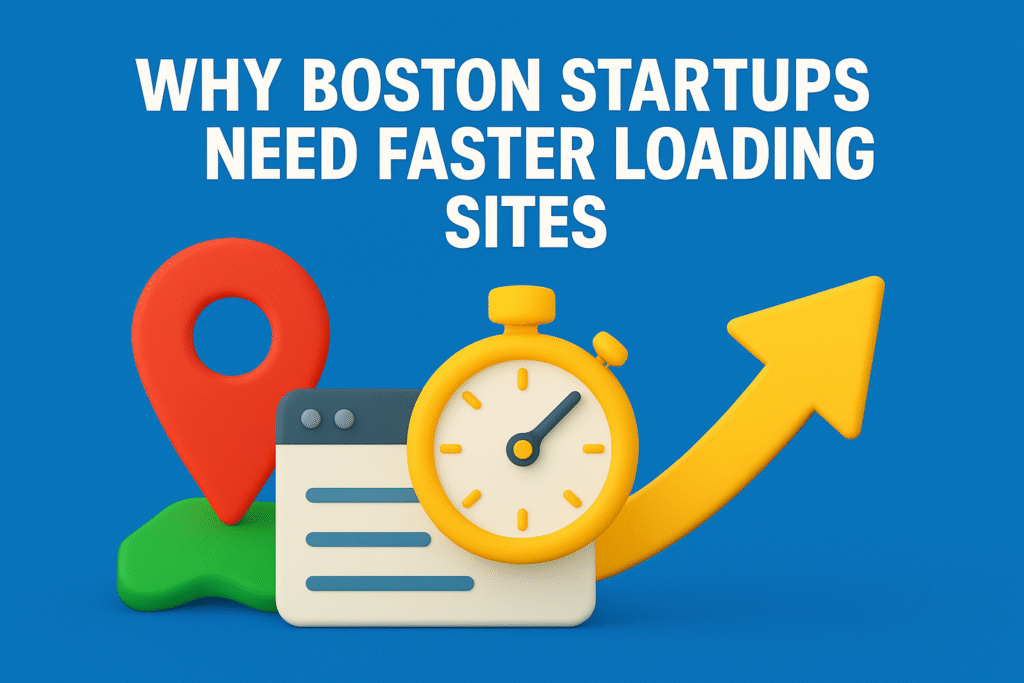
If you’re launching or scaling a startup in Boston, you’re already in one of the most competitive tech ecosystems in the U.S. Between Kendall Square’s biotech leaders, the FinTech innovators in Downtown Crossing, and the SaaS disruptors out of Cambridge — everyone is fighting for attention, investors, and users. But while your pitch deck might […]
SOPs for Optimizing Existing Content in 2025
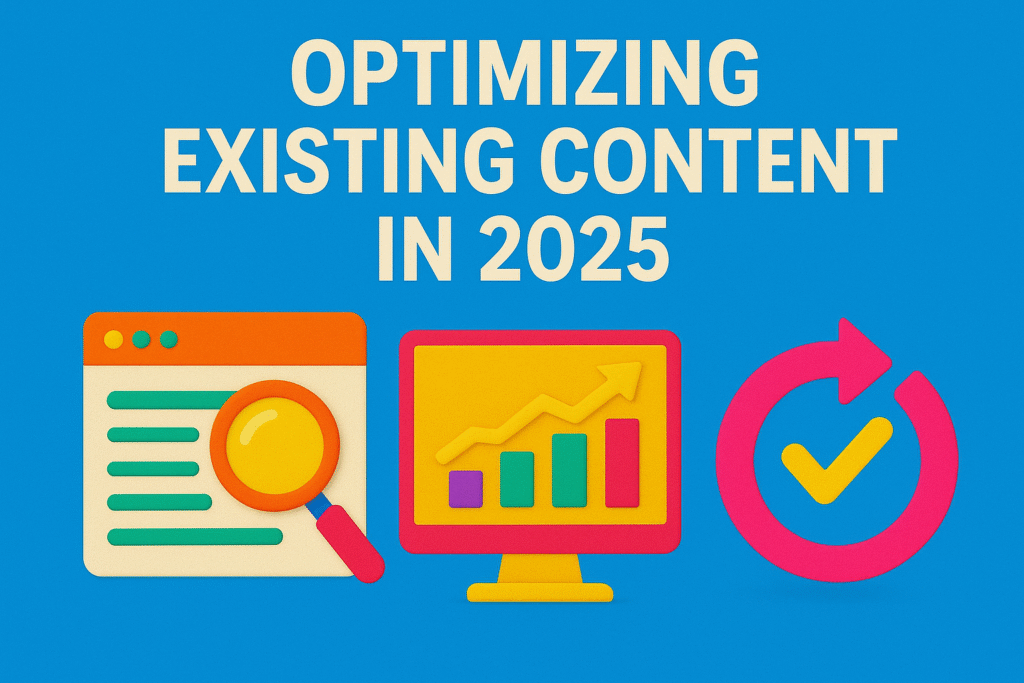
If you’ve been publishing content for a while, you already know — sometimes your old blogs and pages start losing traction. Maybe they drop in search results, or traffic slows down without explanation. That’s where optimizing existing content in 2025 becomes essential. Google’s algorithms are evolving faster than ever. What ranked in 2020 or 2022 […]
10 Facebook Ad Ideas for Houston Boutiques
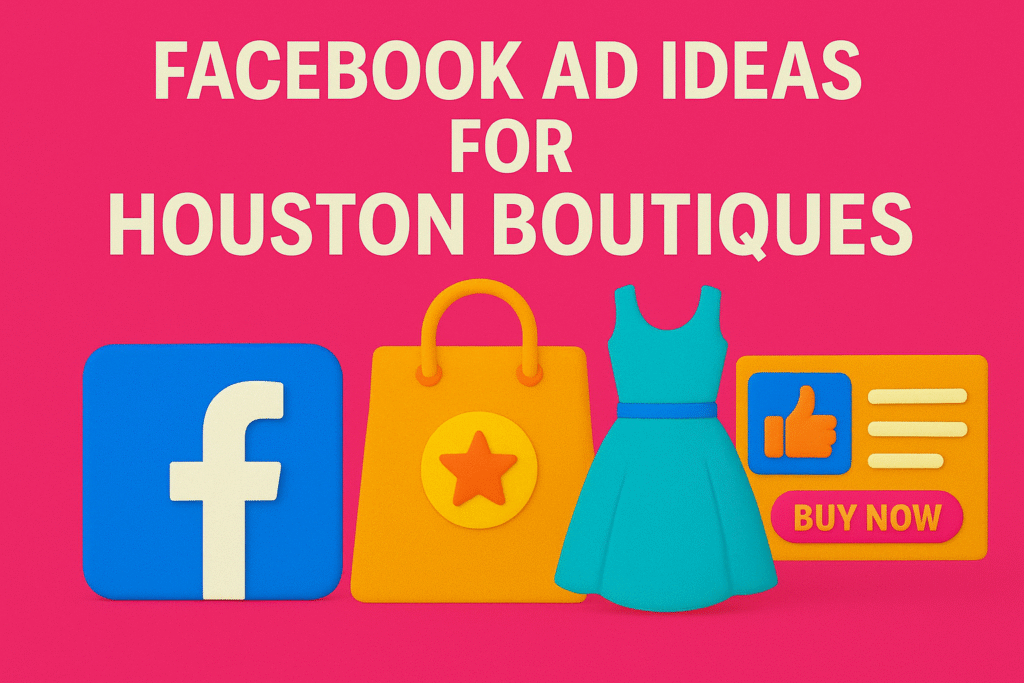
If you’re running a fashion boutique in Houston, Texas — you already know the competition is fierce. With dozens of trendy spots popping up across The Heights, Montrose, Rice Village, and Midtown, it’s essential to stand out online. The easiest way to do that? Get creative and hyper-local with Facebook ad ideas for Houston boutiques. […]
How I Use Topic Clusters for Semantic Authority
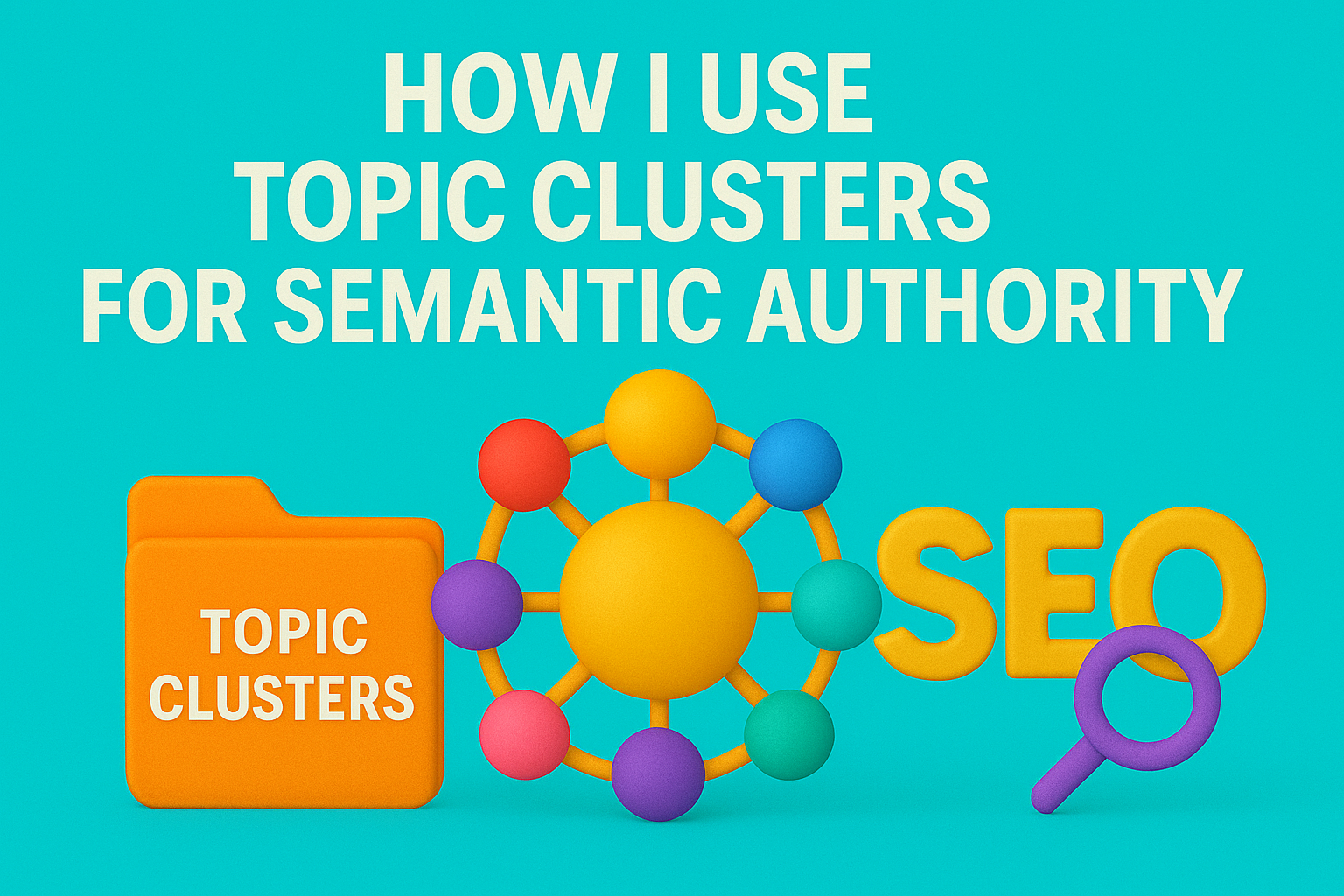
In today’s search landscape, ranking for competitive keywords takes more than just stuffing your blog with exact-match terms. The real key? Building topic clusters for semantic authority — a strategy that establishes your brand as a trusted source on a subject by organizing content into structured, interconnected clusters. This isn’t just theory — it’s exactly […]
How Miami Restaurants Win with Local Instagram Ads
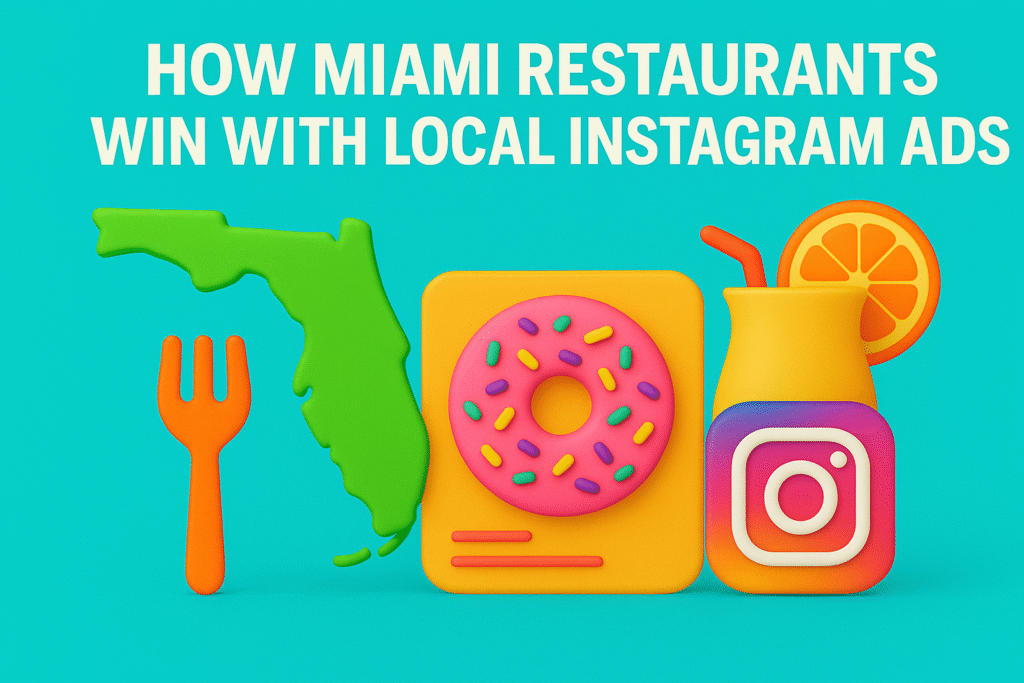
In a competitive culinary scene like South Florida’s, local Instagram ads in Miami have become a powerful strategy for restaurants looking to drive foot traffic, grow reservations, and dominate the local dining conversation. With over 3 billion active users globally, Instagram remains a high-impact platform, but for restaurants in Miami, it’s not about being everywhere […]
How to Use Negative Keywords the Right Way
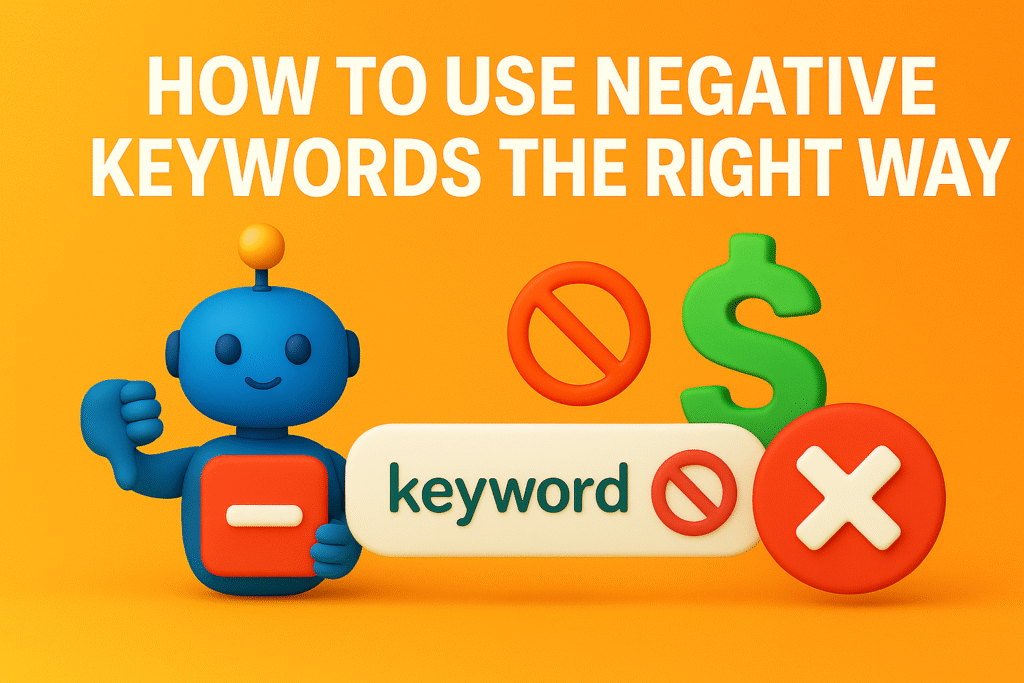
How to use negative keywords is one of the most overlooked yet impactful strategies in pay-per-click (PPC) advertising. Marketers often obsess over finding the perfect target keywords — but what they leave out can matter just as much. Negative keywords act as filters that prevent your ads from being triggered by irrelevant or low-intent searches. […]
Boost Local SEO in Florida with Regex Filters in Google Search Console
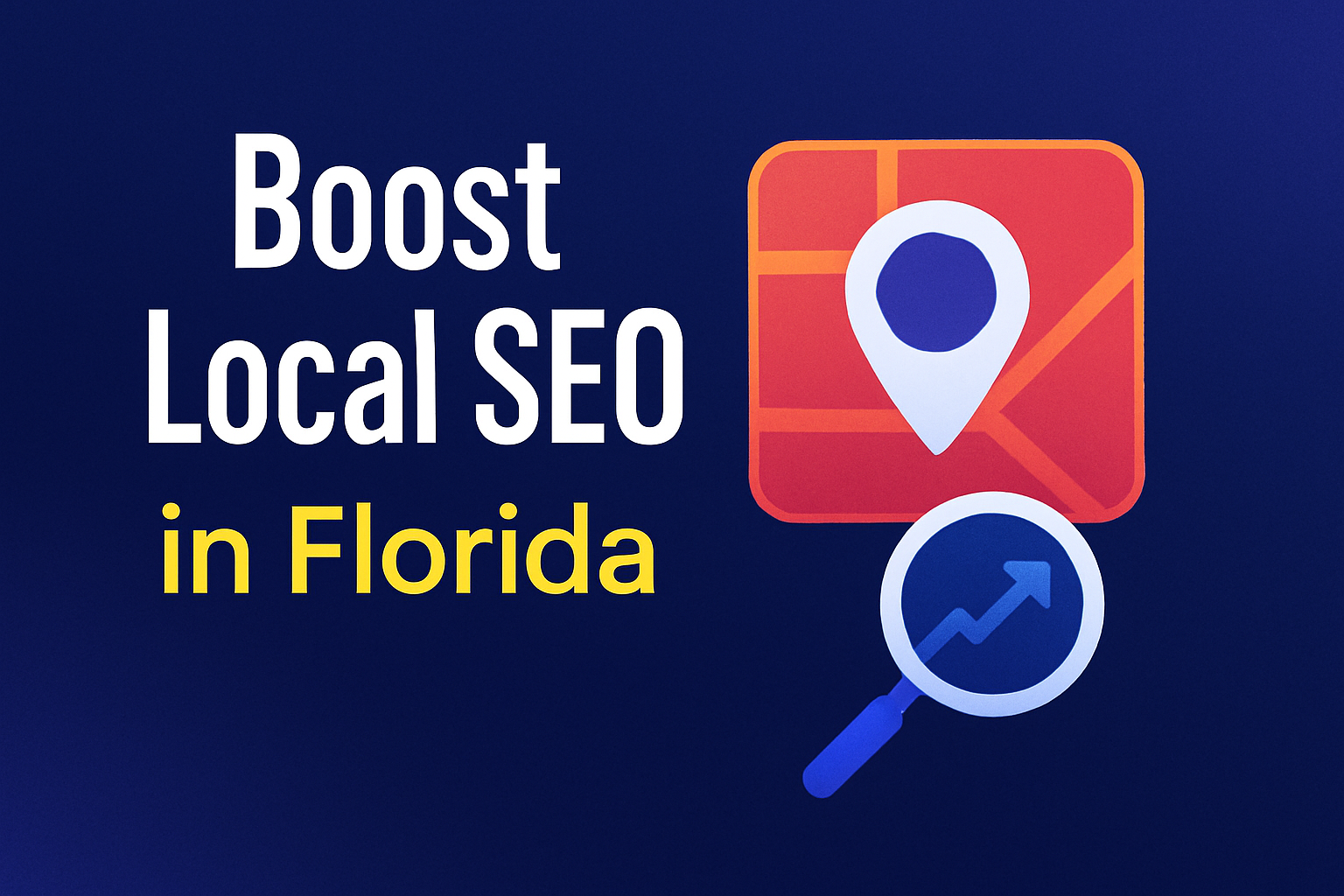
If you want to improve your visibility in competitive local markets, mastering local SEO in Florida isn’t optional — it’s essential. As someone who’s optimized dozens of Florida-based business websites, from law firms in Miami to dentists in Orlando, I can confidently say that one of the most underrated tactics for boosting visibility is using […]
My Favorite Chrome Extensions for Real-Time SEO Fixes
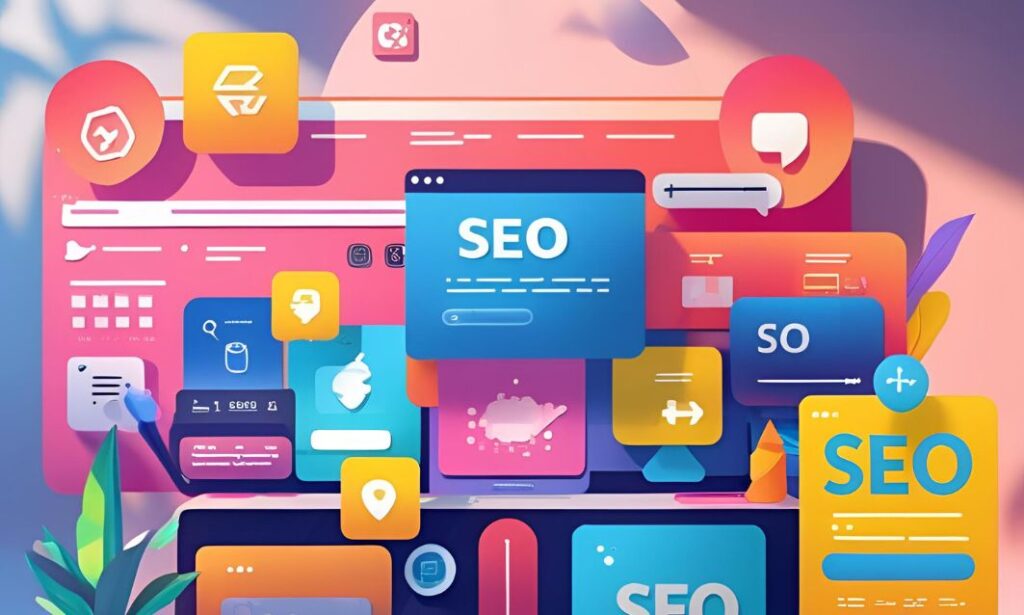
If you’re in the SEO game like me, you know that real-time fixes can make all the difference — especially when working with client sites, ecommerce platforms, or large blogs. Whether it’s checking meta tags, auditing page speed, analyzing backlinks, or fixing on-page issues on the fly, nothing beats having your SEO toolkit right inside […]
Automating Title & Meta Description Generation: How I Do It Step-by-Step
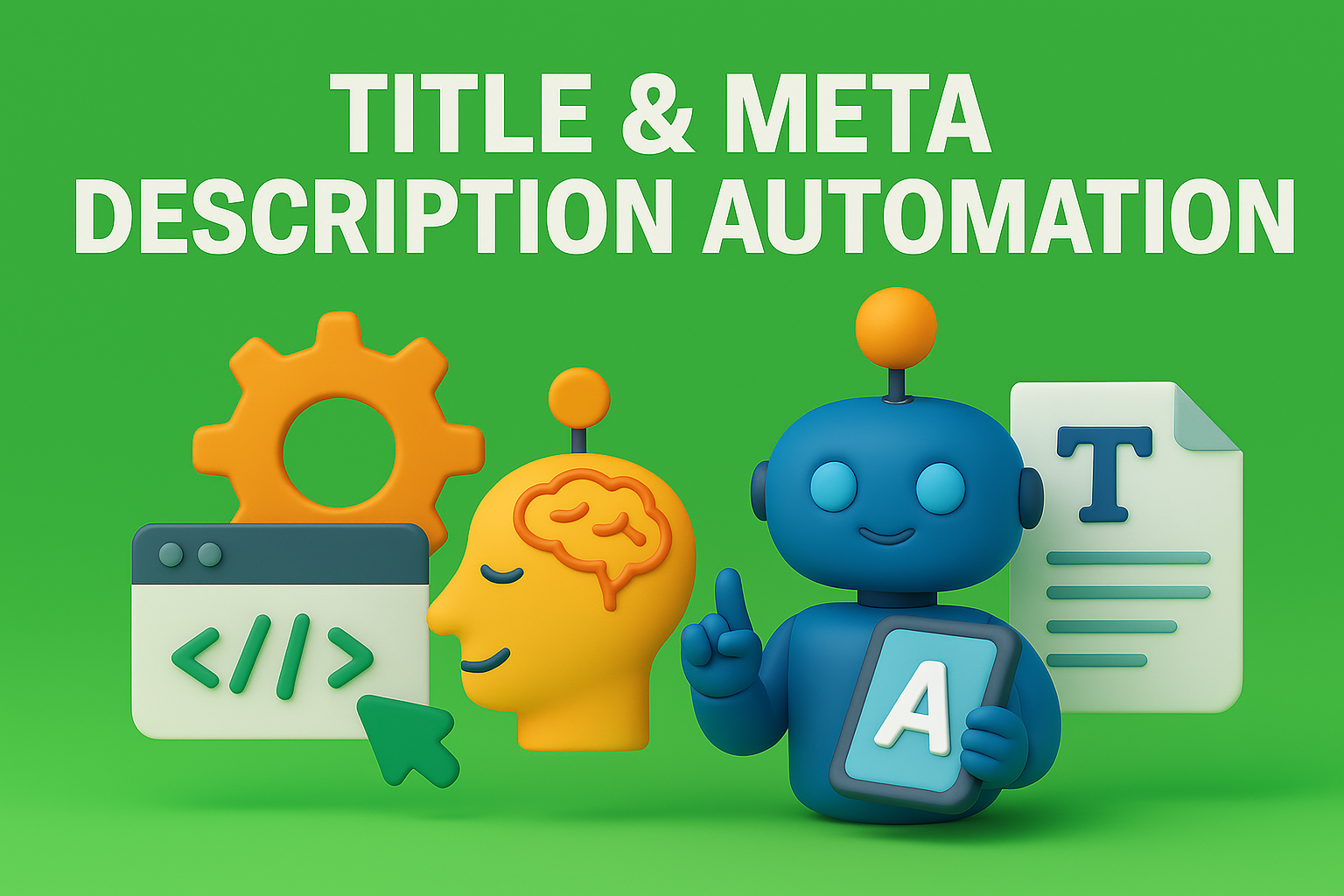
When I first started optimizing content for SEO, crafting titles and meta descriptions was manual, repetitive, and time-consuming. But as my client base grew and content volume scaled up, I had to make a shift. That’s when I began to automate meta description generation — and it changed everything. Not only did it save hours […]
The Psychology of Asking for Reshares: What Works
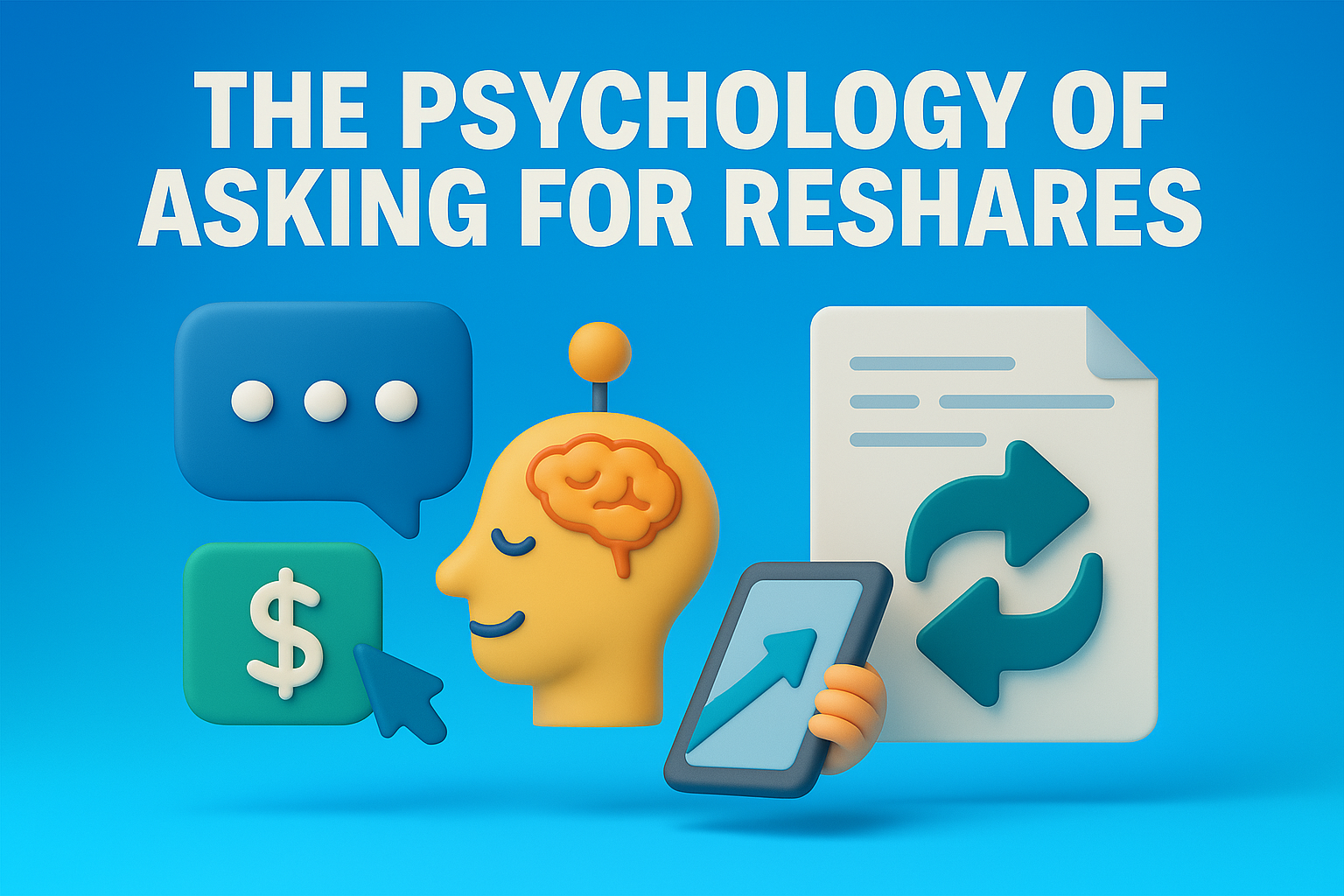
Early in my career, I thought good content would naturally get shared. But I quickly learned that no matter how insightful or well-designed a post is, if you don’t understand the psychology of content reshares, your engagement will plateau. People don’t just share content because it’s great — they share it because it makes them […]
